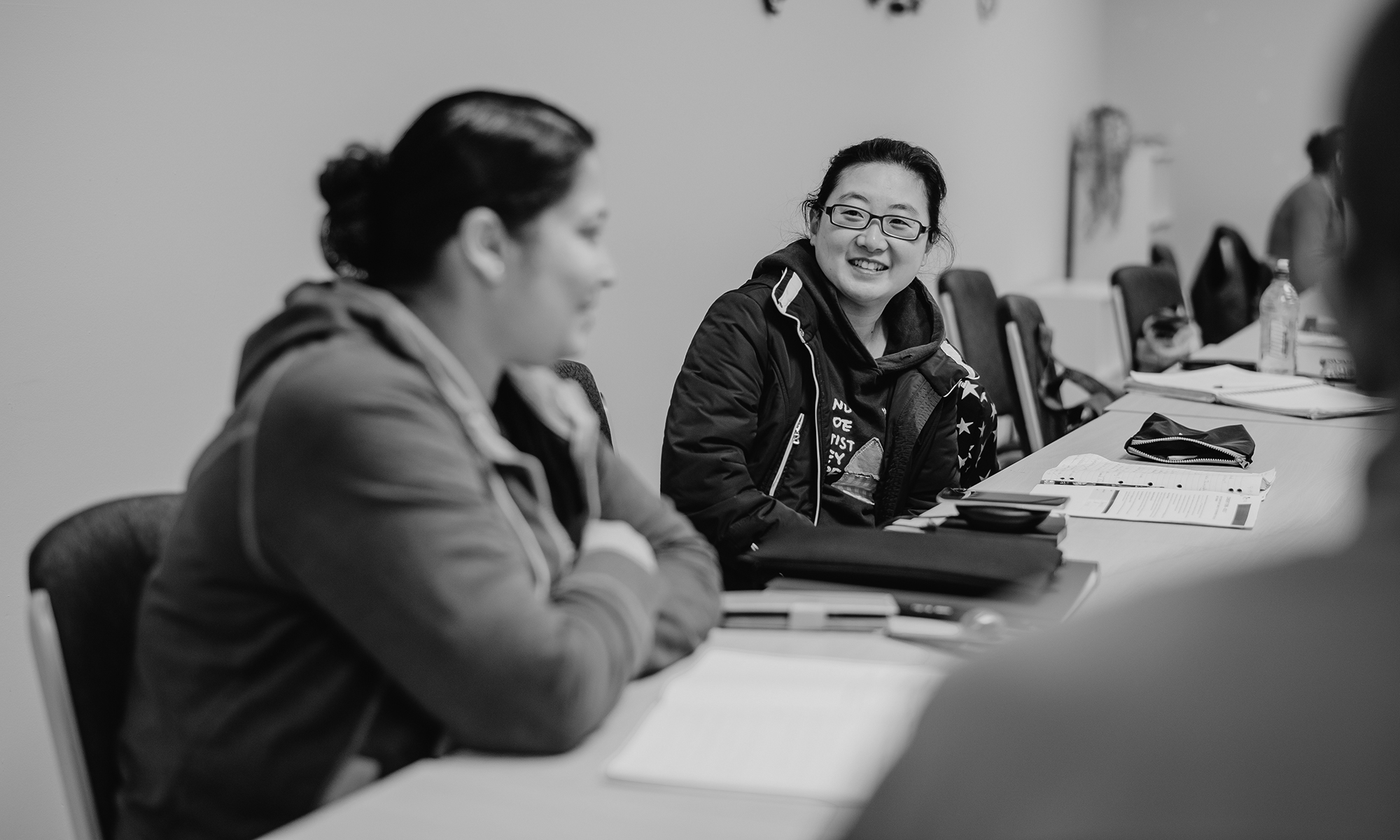Author/s: Barry Golding, Mike Brown, Annette Foley, Erica Smith, Coral Campbell, Christine Schulz, Jennifer Angwin & Lauri Grace
Edition: Volume 49 / Number 3 / November 2009
Summary: In this final, collaborative paper in the Learning to be drier edition, we reflect on and draw together some of the key threads from the diverse narratives in our four site papers from across the southern Murray-Darling Basin. Our paper title, Wicked learning, draws on a recent body literature (Rittel & Webber 1973) about messy or ‘wicked problems’ as characterised by Dietz and Stern (1998). It picks up on our identification of the difficulty and enormity of the learning challenges being faced by communities, associated, at best, with a decade of record dry years (drought) and severely over-committed rivers. At worst, drought is occurring in combination with and as a precursor to recent, progressive drying of the Basin associated with climate change. Our research is suggestive of a need for much more learning across all segments of the adult community about ‘… the big picture, including the interrelationships among the full range of causal factors …’ (Australian Public Service Commission, APSC 2007: 1) underlying the presenting problem of drying. We conclude that solutions to the messy or wicked problem of drying in an interconnected Basin will lie in the social domain.
This will include building a wider knowledge and acceptance of the problems and likely future risks across the Basin including all parts of communities. The problem of drying as well as its causes and solutions are multidimensional, and will involve comprehensive learning about all five key characteristics of other ‘wicked’ policy problems identified in previous research in the environmental arena. The narratives that we have heard identify the extreme difficulty in all four sites of rational and learned responses to being drier as the problem has unfolded. All narratives about being drier that we have heard involve a recognition of a combination of the five characteristics common to wicked problems: multi-dimensionality, scientific uncertainty, value conflict and uncertainty, mistrust as well as urgency. All narratives identify the importance of social learning: to be productive, to be efficient, to survive, to live with uncertainty, to be sustainable and to share. Combating the extent and effects of drying, causality aside, will require new forms of learning through new community, social and learning spaces, apart from and in addition to new technological and scientific learning.
Keywords: Murray-Darling Basin, climate change, environment, community education
![]()
![]()
![]()
![]() Share a copy of this abstract.
Share a copy of this abstract.
This article is part of AJAL, Volume 49_3. The entire volume is available in .pdf for purchase here.
